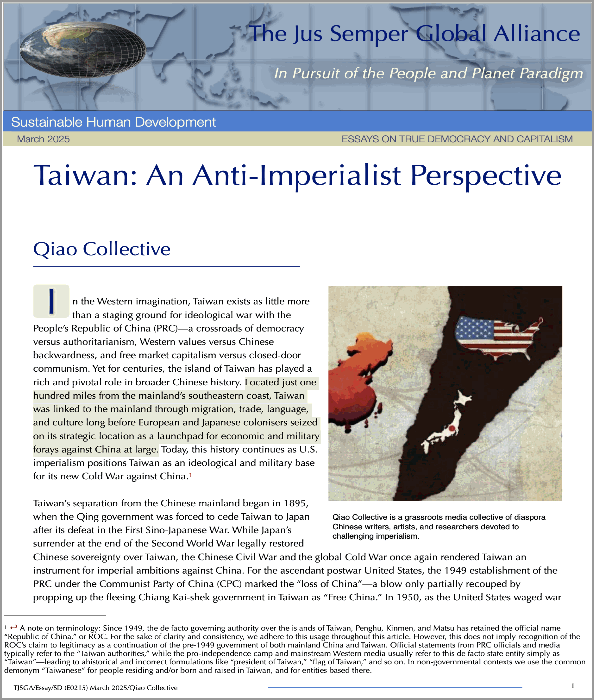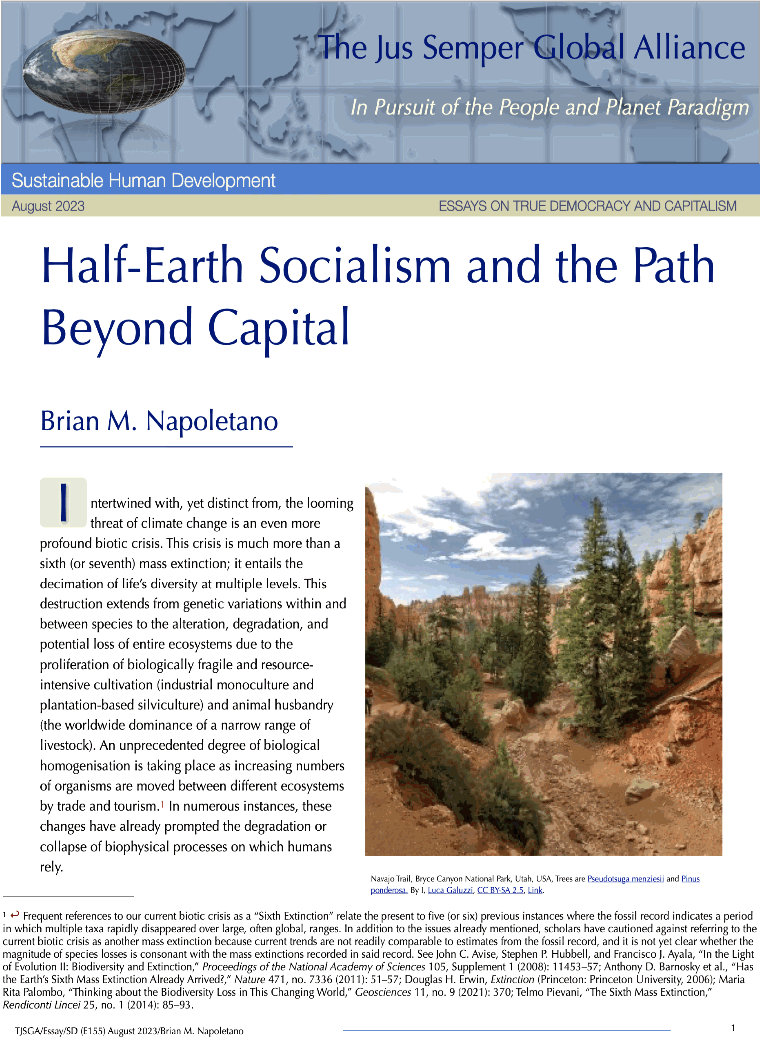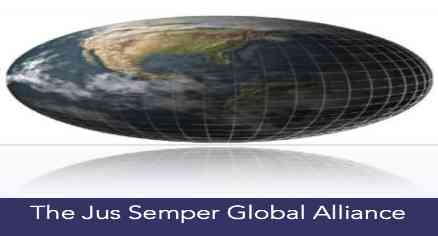Beyond Capital
These trends have already intensified to the point of posing the possibility of significant and irreversible alterations to the future of life on the planet. The United Nations Convention on Biological Diversity (UNCBD), the chief mechanism of so-called global environmental governance tasked with addressing this crisis, has consistently reported failures over the last three decades to meet even its modest conservation goals, thus intensifying long-running debates over the methods and objectives of conservation. Against calls for a “new conservation” that is effectively subsumed by economic development, some conservationists have advocated a drastic scaling up of protected areas to cover at least half the planet, championed by E. O. Wilson as the Half-Earth approach in a book by that title. Any attempt to resolve rather than merely postpone the biotic crisis must confront multiple interdependent factors operating at three general levels: (1) what the Intergovernmental Science-Policy Platform on Biodiversity and Ecosystem Services (IPBES) refers to as direct drivers (land/sea-use changes, resource extraction, pollution, invasive alien species, climate change); (2) what it refers to as indirect drivers (values, demographic, technological, economic, and governance issues); and (3) what could be called structural factors or systemic imperatives (the way capital operates as a totalising, alienated, constitutionally uncontrollable mode of social metabolic control, as emphasised in the theory of metabolic rift). For a full read of this brief, click here or on the picture to download the pdf file.
|

- © The Jus Semper Global Alliance
| Home |  | Resources |  | Economic Data |  | Half-Earth Socialism and the Path Beyond Capital |


